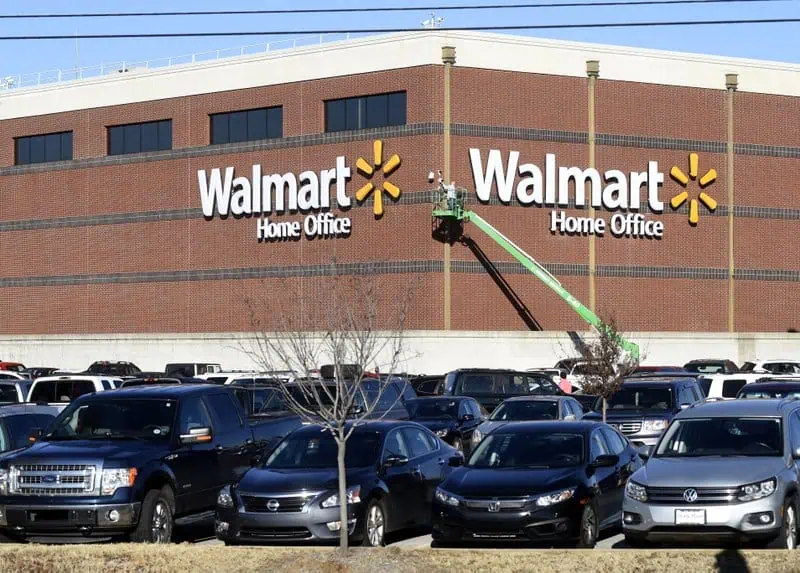In a major shake-up, one of the largest retail giants in the United States has announced a significant restructuring plan that will lead to the elimination of 1,500 positions nationwide. The decision reflects the company’s ongoing efforts to streamline operations and adapt to changing consumer behaviors and economic pressures.
This move is expected to have a broad impact on employees, local economies, and the retail landscape across the country.
Why the Company Is Restructuring
The unnamed retail giant, which operates thousands of stores and employs tens of thousands across the country, has stated that the restructuring is necessary to stay competitive in a rapidly evolving marketplace. According to the company’s official press release, shifting customer preferences toward online shopping, rising operational costs, and supply chain disruptions have all contributed to the need for organizational changes.

“We are making tough decisions to ensure our long-term growth and to better serve our customers,” said the CEO in a public statement. “This restructuring will position us for the future.”
You can read more about the retail industry’s current challenges from this National Retail Federation report.
Departments Most Affected by Layoffs
The layoffs will primarily affect middle-management roles, support staff, and certain back-office departments. Distribution centers in the Midwest and Northeast will also see staffing reductions. The company emphasized that frontline workers and store employees will remain largely unaffected for now.
However, many workers have expressed concern about the future. “This came as a complete shock. I’ve worked here for over 10 years,” said a laid-off employee from a warehouse in Ohio. “There was no warning.”
What Happens Next for the Affected Workers
The company has announced a severance package and job placement assistance for the impacted employees. Some staff may be offered new roles within the company at different locations or departments. Human Resources is coordinating support programs, including career counseling and resume workshops.
Labor experts warn that the ripple effects of these layoffs could stretch beyond the company. “Losing 1,500 jobs can create a shockwave in regional economies, especially where these retail hubs are a major employer,” said John Peterson, a labor economist at Brookings Institution.
Industry Experts Weigh In
Retail analysts say this restructuring reflects a wider trend in the U.S. retail sector. As e-commerce continues to grow, traditional retailers are being forced to adapt or risk becoming obsolete.
“This isn’t just about cutting costs,” said retail strategist Amanda Lyles. “It’s about restructuring for agility—faster logistics, better tech integration, and fewer layers of bureaucracy.”
According to Statista, over 80,000 retail jobs were cut across the U.S. in the last 12 months, largely due to automation and digital transformation.
Local Communities May Feel the Impact
Beyond job loss, the restructuring may affect local businesses that rely on the foot traffic and economic activity generated by the retail giant’s operations. In some small towns, these stores serve as major community hubs, employing hundreds and generating significant sales tax revenue.

“It’s not just our store. Our town will feel this,” said a store manager from Indiana, who declined to be named.
Local officials in several states are urging the company to reconsider closures or reductions in areas with high unemployment rates. Some state governments are even exploring temporary relief packages for the affected workers.
Retail Evolution or Job Elimination?
This announcement is another reminder that the retail sector is undergoing a digital revolution. As automation, artificial intelligence, and e-commerce continue to transform the customer experience, companies are forced to reevaluate staffing needs.
While the company aims to increase investment in digital services and store technology, critics say this should not come at the cost of people’s livelihoods.
“There has to be a better balance,” said a labor union representative. “You can’t keep chasing efficiency while cutting the very people who helped build your brand.”
For context on how tech is reshaping retail, check this McKinsey & Company study.
What Shoppers Can Expect
For consumers, this restructuring could mean fewer delays, better online platforms, and faster checkouts in the long term. However, short-term issues like longer customer service wait times and store staffing shortages may arise.
A spokesperson said, “Customers may notice some adjustments, but our goal is a more efficient and enjoyable shopping experience.”
Retail experts suggest that shoppers should brace for minor disruptions over the next few months as the company transitions to its new operational model.
A Sign of More Changes to Come?
This restructuring move by a top U.S. retailer could signal a wave of similar announcements from other companies facing similar pressures. As inflation, consumer debt, and shifting buying patterns reshape the economy, retail giants are rethinking their future.
“I wouldn’t be surprised if we see more of this,” said Amanda Lyles. “Retail is changing fast, and not everyone is ready.”
Final Thoughts
This news is a sobering reminder of how quickly the job landscape can change. As one of the largest U.S. retailers cuts 1,500 jobs in a strategic shift, it leaves behind questions about the future of work in the retail sector—and the balance between technology and human touch.
For more updates on the U.S. retail sector and economic developments, stay connected to Retail Dive and U.S. Bureau of Labor Statistics.
Also Read – Layoffs Announced as Nike Delivers Harsh News to Staff






